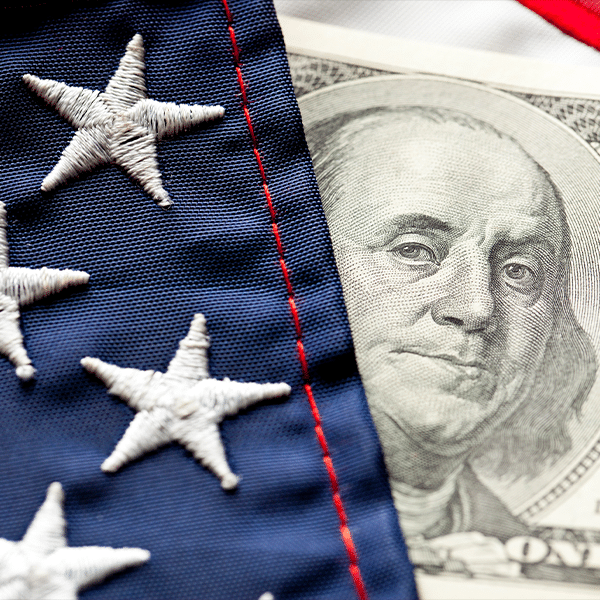
It will cost Qwest $3 billion to get 7 Mbps broadband service available to 95% percent of its current footprint. This according to Larry Sarjeant, Qwest’s Vice President of Federal Legislative and Regulatory Affairs, who provided the estimate at last week’s ‘Implementing the Broadband Stimulus’ event at the National Press Club in Washington D.C. The event was co-sponsored by the Columbia Institute for Tele-Information and the Georgetown Center for Business and Public Policy. Sarjeant says Qwest is currently at about 85% availability of 7 Mbps broadband.
Qwest’s estimates reveal the enormity of the broadband challenge in the U.S. By their estimate, 42 percent of the $7.1 billion broadband stimulus program could be swallowed by Qwest alone, and that wouldn’t even get them to 100 percent coverage. There is no shortage of debate surrounding the stimulus package – or in this case, Qwest’s numbers. We’re sure critics will suggest Qwest’s numbers are inflated, or that their broadband build out method/technology is not the most efficient. Whatever the argument, it’s safe to say that it’s going to cost a lot more than the identified stimulus money to get ubiquitous broadband to every corner of the U.S. Some will argue it’s not money well spent. While others will say it’s in the best interest of the country as a whole to ensure broadband reaches every household, library, and school in the U.S. The latter argument is admirable – but it will cost a pretty penny.

